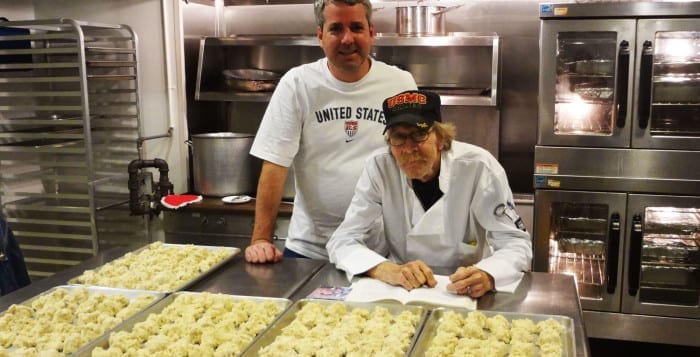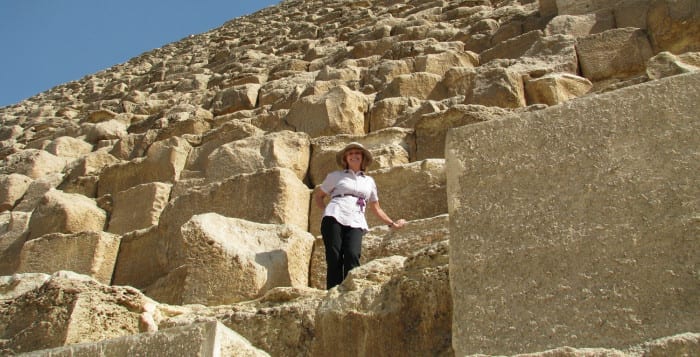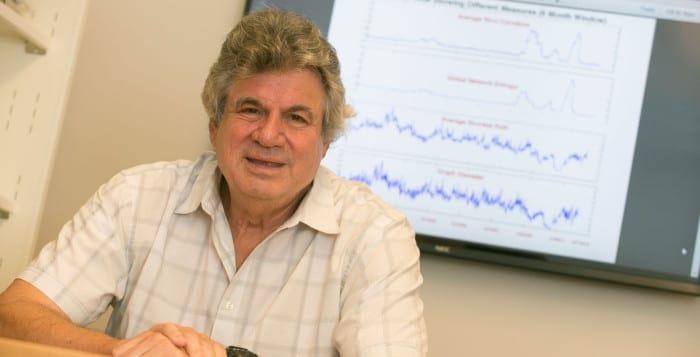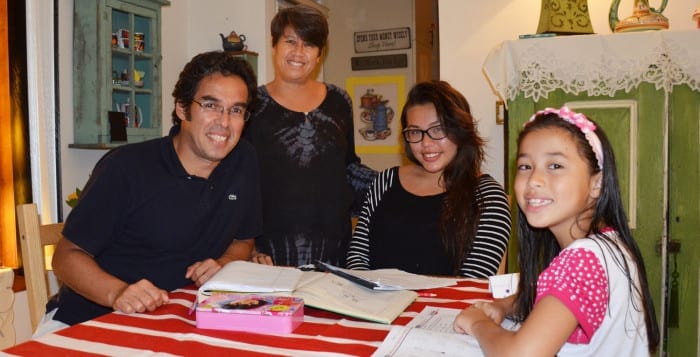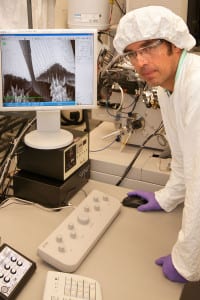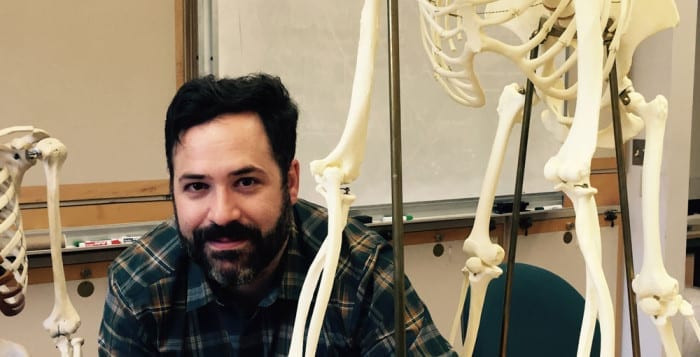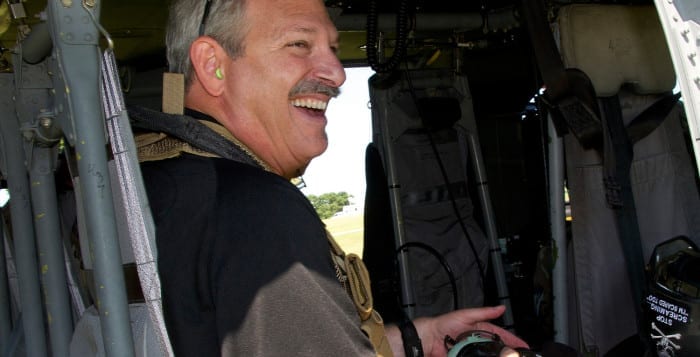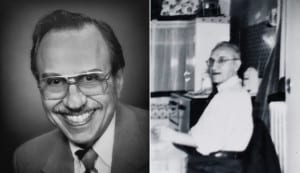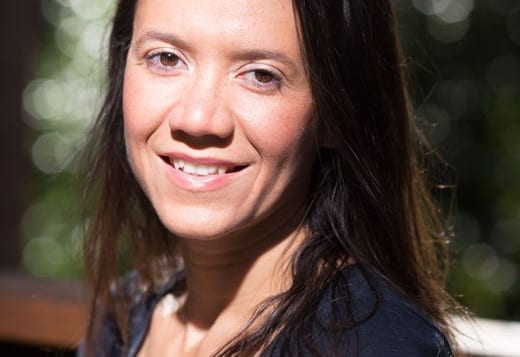Paul Friley traveled the world when he was young. His family moved from Tokyo to Hong Kong to London to Bartlesville, Oklahoma, changing countries whenever his father, Charles, who worked for Phillips Petroleum and later for North American Coal, got a new assignment.
He absorbed quite a bit about his father’s life and work from listening to discussions about energy at home. “The conversations at Thanksgiving dinners were useful later in life,” Friley said.
Indeed, Friley now works for Brookhaven National Laboratory, where he is the leader of the Energy Policy and Technology Group. He regularly travels to Korea, Taiwan and India. He has also visited Hong Kong, Mexico, Columbia, the Philippines, Sweden, Italy, Japan, South Africa and France.
He shares the analytical work he and his team do with a range of energy projects, from coal sequestration to solar power to wind turbines. The job, he said, is rewarding not only in collecting information but in helping to share it with decision makers.
“We’re over there trying to improve their capacity to do all the analysis,” Friley said. He speaks with people from different ministries, including some in nonprofits and academia, to “figure out where we can make a difference.”
J. Patrick Looney, the chair of the Sustainable Energy Technologies Department at BNL, explained that Friley’s analysis “provides decision makers with insights on the options available” as they explore energy policy decisions.
Friley, who reports to Looney, is “known for his work on the impacts of federal funding on our energy future,” Looney continued.
Friley specifically works on a USAID project called Enhancing Capacity for Low Emission Development Strategies. In this program, USAID, the State Department and other agencies work with partner countries to develop knowledge, tools and analyses to estimate greenhouse gas emissions and identify and put into use ways to grow while minimizing emissions.
Friley spent the last year working with about 100 other energy professionals, including some from five other national laboratories, on the 2015 “Quadrennial Technology Review” (QTR). Due for release this month, the review will be over 500 pages, with a lengthy appendix. It will analyze the state of technology and will suggest areas where the Department of Energy should focus its research and development.
The review “will detail where we are and where we can go,” Friley explained. It will examine technologies ranging from power generation and smart grids to buildings, manufacturing, clean fuels production and transportation.
Looney described the QTR as playing “an important and growing role in setting priorities for federal investments to catalyze the development of advanced, scalable, clean energy technologies.”
Looney said the QTR can and does have wide-ranging implications in the world of energy policy and decisions.
“To be a part of something that touches so many and has such importance to U.S. energy policy is really an honor,” Looney said.
Officials in Congress, the Department of Energy and Department of State can “use it as a guide book,” Friley said. “It’s written as a document that any layperson could read and understand” and will be available online. Once the review is published, Friley, who currently works in Washington, D.C., will return as a full-time employee of BNL.
He said his work involves looking at policy and technology impacts relative to a baseline projection. He recognizes the many unknowns in
his work.
“Weather patterns, recessions, booming economic growth, wars, hurricanes and many other factors … are not predictable over a 40- to 50-year time frame,” he explained.
He runs a model in which he sees how much of a reduction in consumer bills people would see if the country can hit its goals at cost and performance, he said.
Friley is married to Kate Miller, an independent life coach. The couple have a six-year-old daughter, Lilly, and a three-year-old daughter, Ivy.
When he’s not analyzing energy alternatives, Friley works with a group called the Rogue Saints, which cooks meals once or twice a month for the homeless. It also is looking to provide meals for veterans every three months.
As for his work, he said he tries to “present an unbiased projection of the potential impacts of potential energy policy or technology improvements.”
Looney said Friley’s work “helps us all understand better our potential energy futures, and the inevitable myriad trade-offs we have to consider.”

